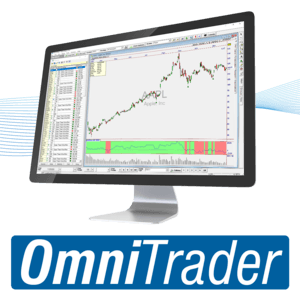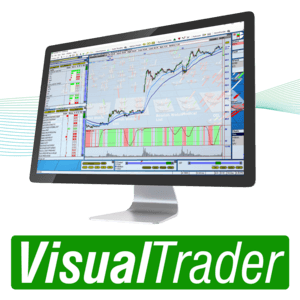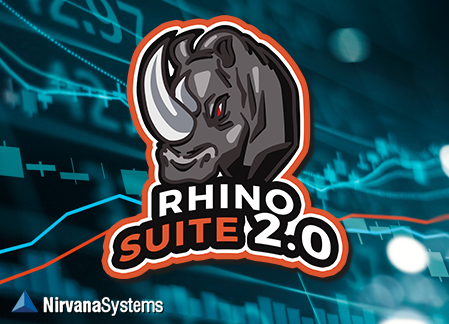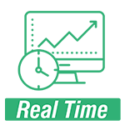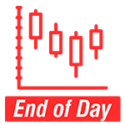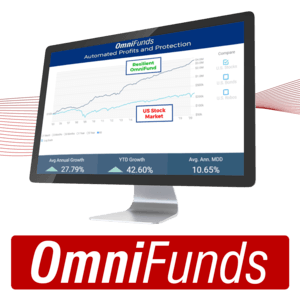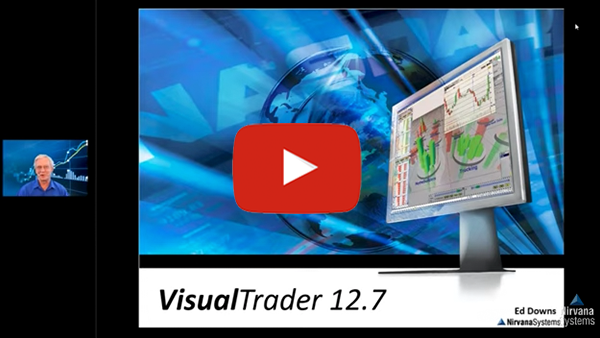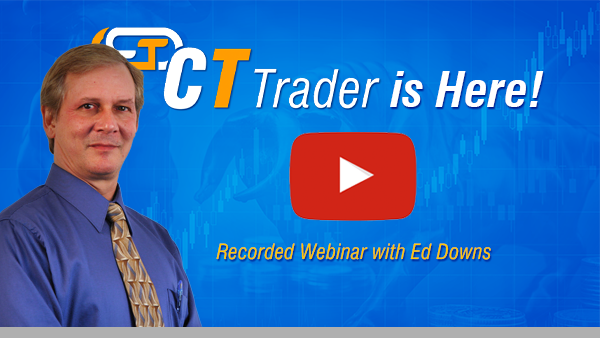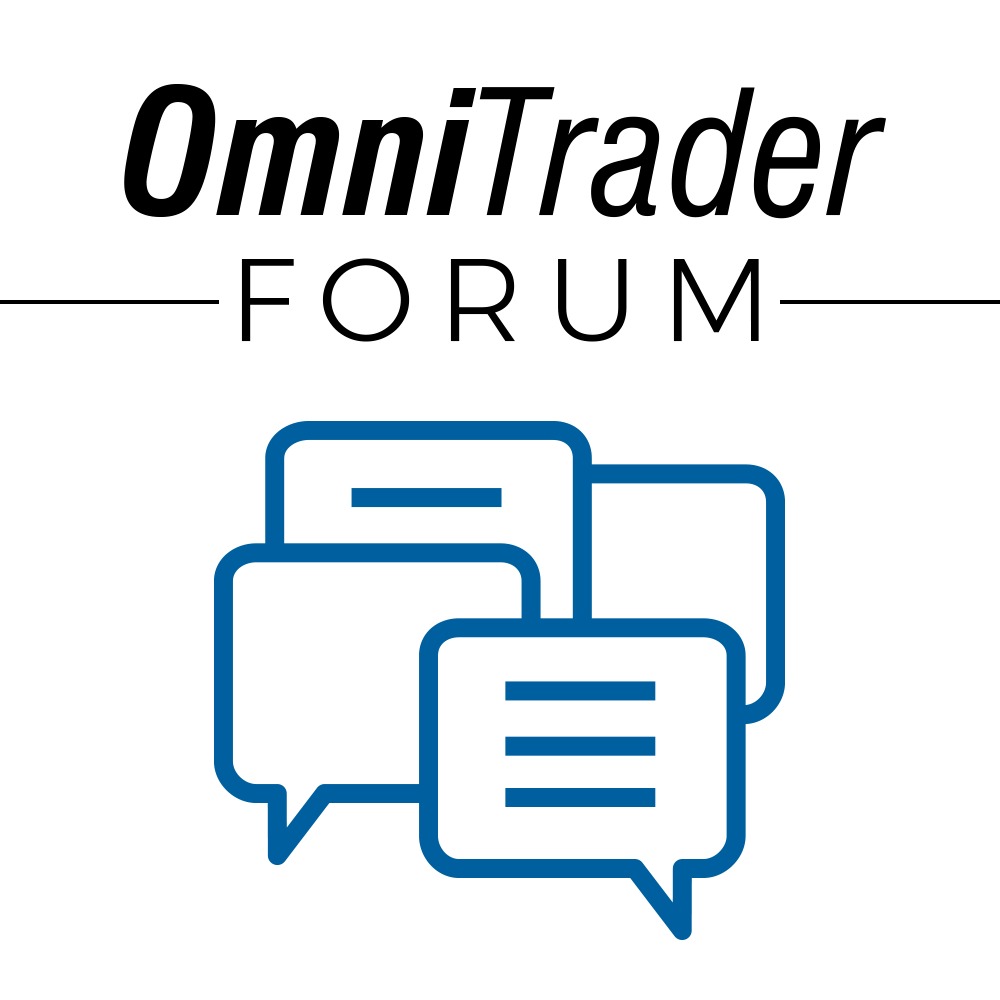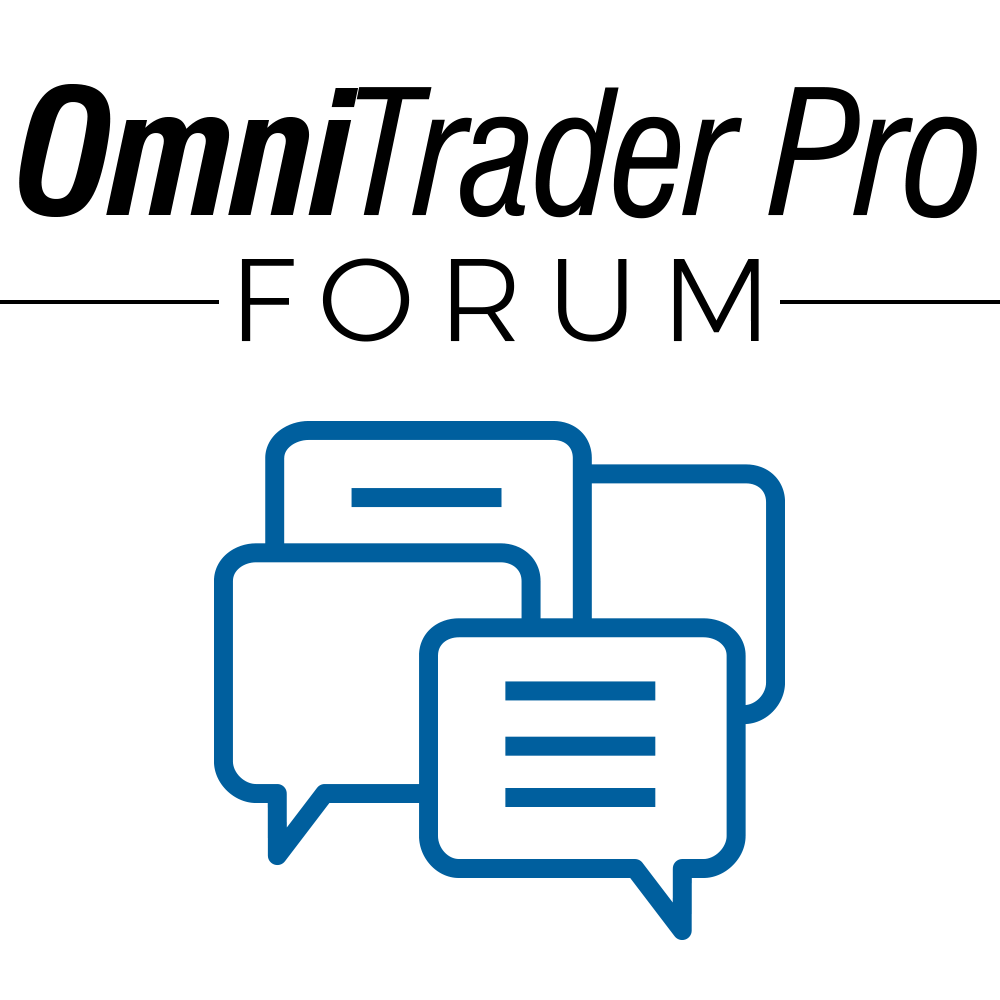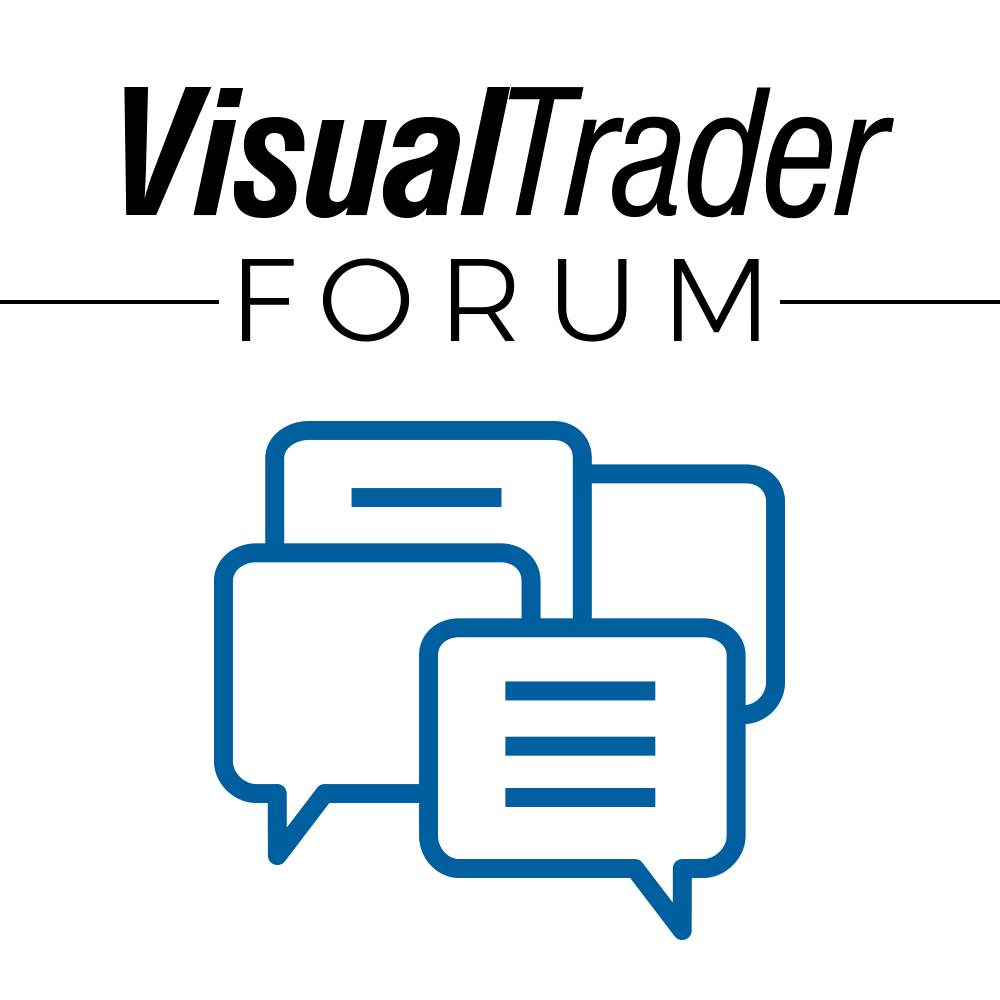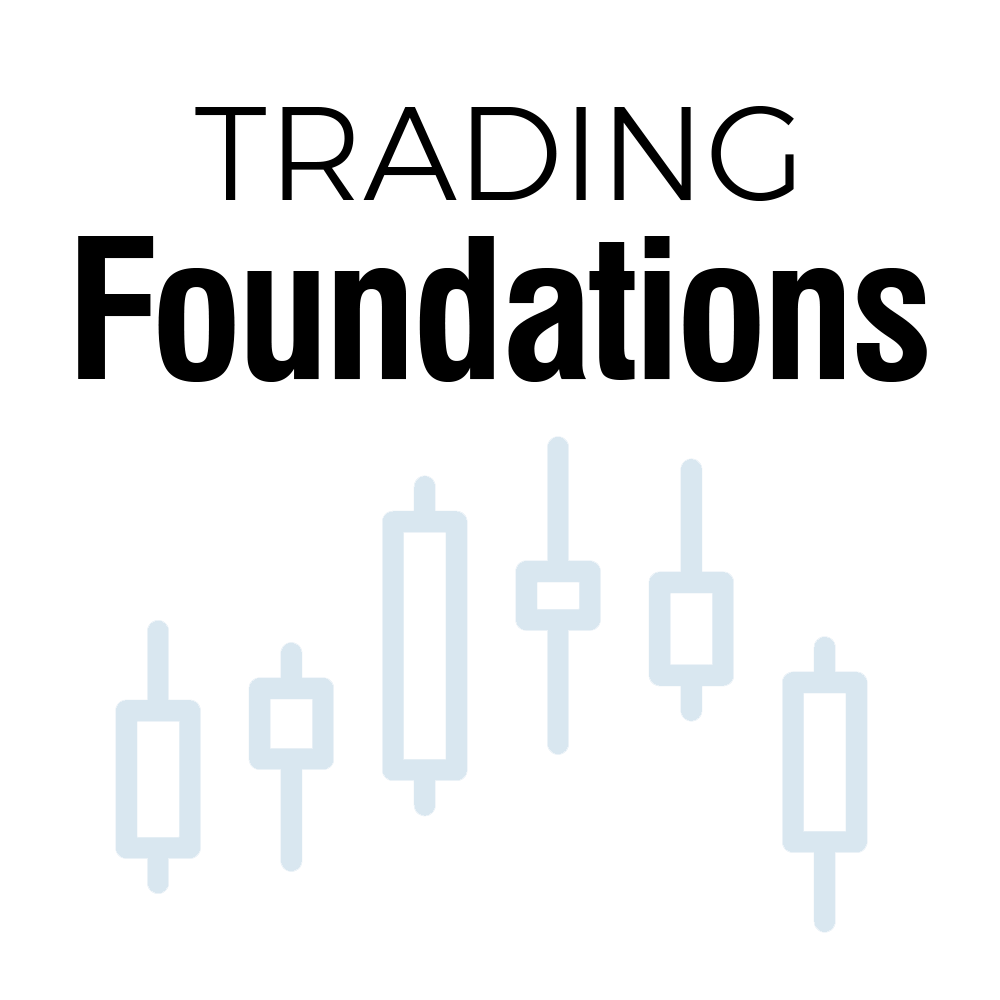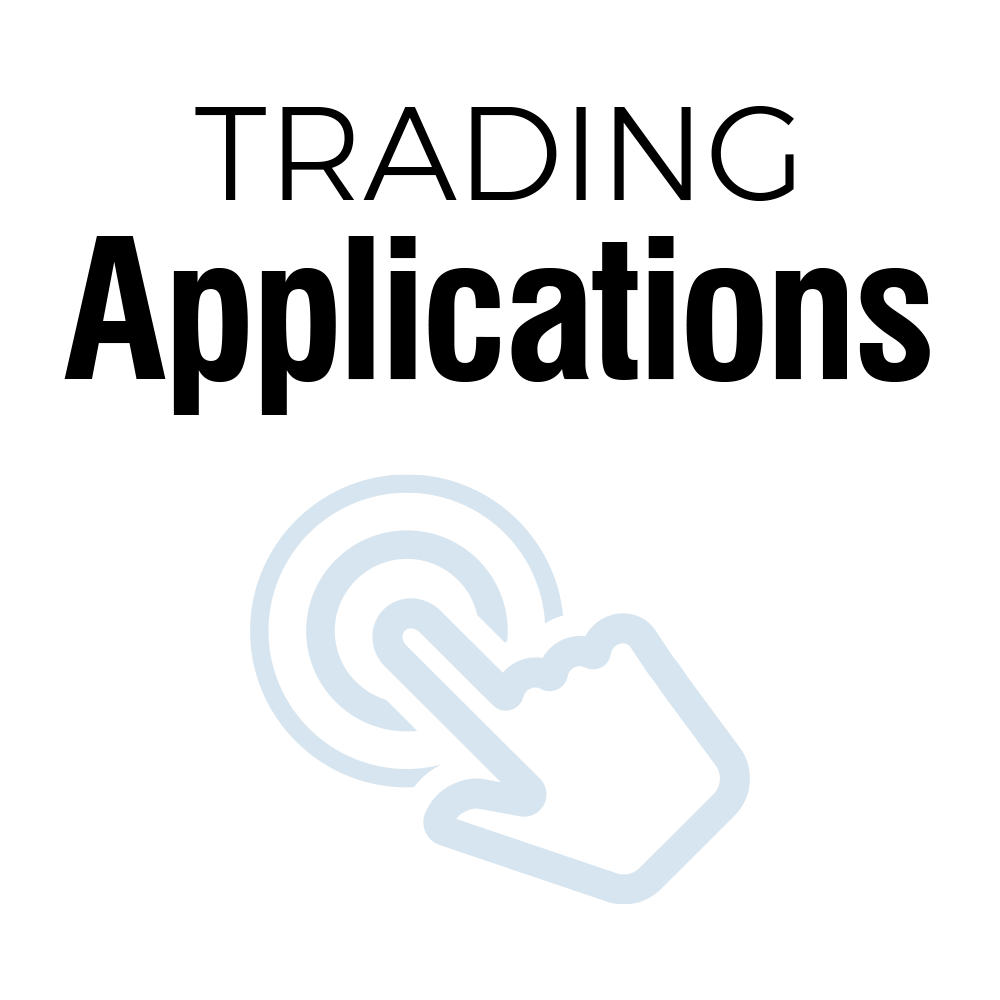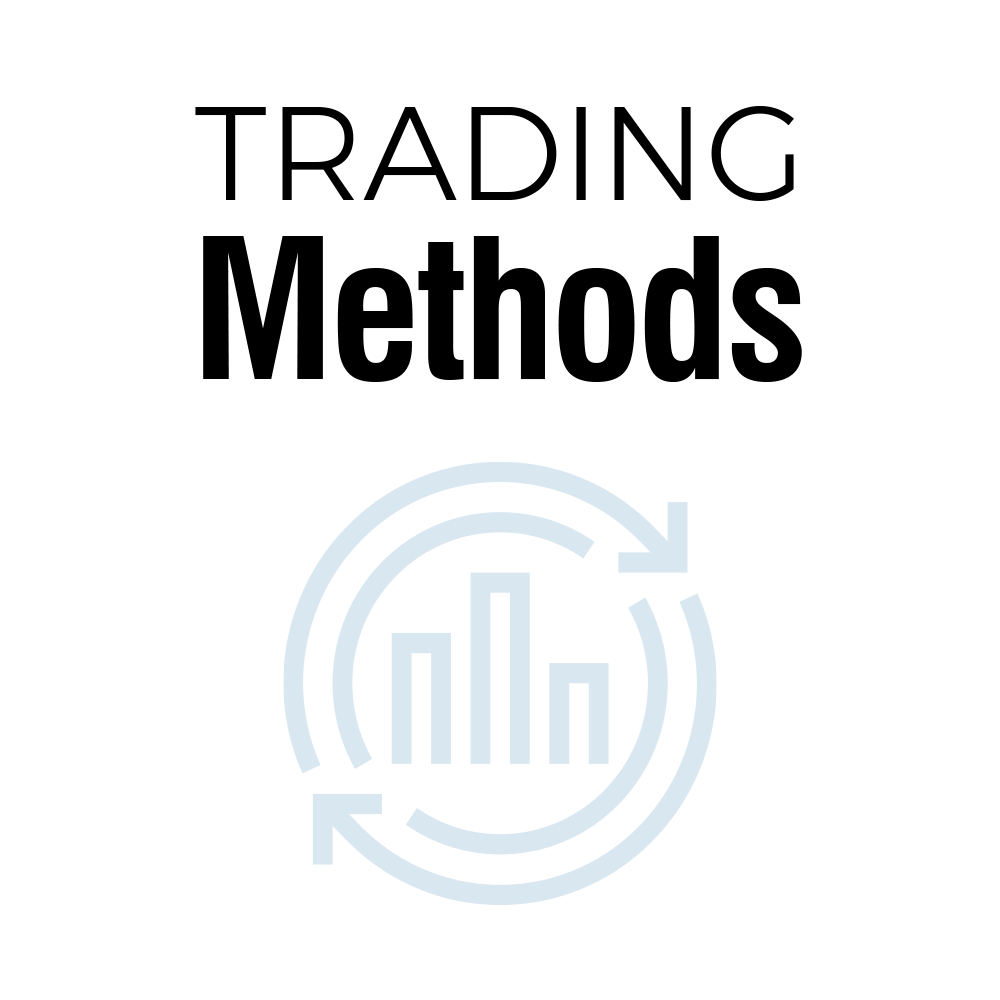Why I’ll Never Be Your Average Trader
Have you ever felt like you are always entering the trading game too early or too late? I can assure you that as a trader you are not alone. Fortunately for both of us, the market isn’t going anywhere (and is probably more important now than it’s ever been). I should mention now that I have been an active trader for the last eight years (you likely knew this already as you wouldn’t be reading this blog if I were completely new to this). One thing is for sure, I am looking at the market in a whole new light.
My goal during this series is to help YOU do the same thing; become an effective trader.
I want to show you the strategies I use daily and are the core of every trade I take online. I am not saying these need to be the foundation of your trading. No, but understanding the concepts shared here will make you a better trader over all.
While I SWEAR by these methods, let’s be clear, these are only tools and don’t negate the need for common sense.
Trading is not “your life”, it’s a tool so that you can LIVE YOUR LIFE.
Before we jump into this, I want to make it crystal clear, you do NOT need a Masters of Engineering or a degree in economics to be a successful trader. It’s important to remember with each trade, you are a cog in the wheel and not the fuel pumping the market engines. There are a few very easy concepts that you are about to learn that will drastically change the way you view the market moving forward.
At the core you will need to remember:
- Trading is NOT easy, and it takes a lot of work.
- Becoming a successful trader does NOT happen overnight.
- Generating a fantastic income trading IS POSSIBLE.
- Never trade TIME for MONEY.
I don’t live, teach, or believe in get-rich-quick schemes and I am always looking at new trading ideas with a discerning eye. And I’m going to only show time-tested and proven trading techniques that have been used by the professional elite for years. I will also forewarn that some of the examples I show or that you see on your own are going to look “TOO GOOD TO BE TRUE” and… “THEY ARE”. What I mean by this is that even a broken clock is right twice a day and while some of the methods I show will fit perfectly on some stocks, I just want you to also use additional confirmation when making the decision to take a trade.
Alright, without any further ado let’s talk trading. Earlier in this post, we talked about methods that have been used by the trading elite for years and making them rich along the way. The reason this is possible is that the elite knows that for every trade, there is a good price, a bad price, and a fair price. The professional’s trade using some important leading indicators that are derived solely from price which allows them to stay ahead of the crowd. When the Good, Bad and Fair prices are plotted on your chart this is considered to be the money zone. You have likely heard or seen this in the form of a “market profile” chart. You know those right? Those really easy to read alphabet charts…
Yeah, you can feel the sarcasm I am sure.
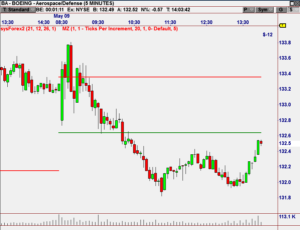
MoneyZone at work
Created in the ’80’s by Peter Steidimayer for use on the CBOE charts. This popular concept has been used by thousands and understood by hundreds… I only kid. Basically, these market profile charts would show where about 70% of the trading activity had taken place during the session. Each segment of the day would be represented by a letter. A, B, C. etc. You could see where the market found fair value and the zones that it either saw as overpriced or a bad price. You would then be able to anticipate where the security would trade during the following session. I don’t want to get too in-depth on this topic just yet but if you are interested in finding out more about market profiles you can check it out over on the CBOE website. The concepts of market profiling when used correctly and made easy, will improve your trading immensely. We will spend quite a bit more time learning not only about market profiling but the MoneyZone levels and uses a little later on. However, we are going to take a moment to look at the second tool in the box.
The weight of the market in your hands… It’s a GOOD thing.
The second method I never trade without is the Volume Weighted Average Price (VWAP). If you haven’t used or heard of this method, the name basically describes it all. The VWAP price equals the dollar value of all trading periods divided by the total trading volume. We will dig deeper into the math behind each of these methods in their respective post. How is this helpful? This concept works hand in hand with the market profiling that we talked about earlier. Market profiles give you a good estimation of the trading range for the day, VWAP allows you to identify liquidity points throughout the session. Many of the larger institutions will use VWAP to determine the intraday trend. Basically, you look at VWAP as a median trading range. If you enter a long position below the VWAP it would be considered a good fill because the security was bought below the current trading average.
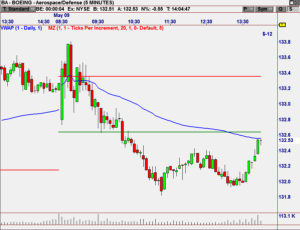
MoneyZone and VWAP
Completing the Triumvirate.
So with now, you have the trading range (market profile), you have the average trading price for the session (VWAP) and lastly, we will talk about a very interesting method. The Rhino Harmonics. This method works closely with the first two methods but adds a very interesting dynamic to the process. This uses a calculation based on early price movement to provide you with potential support and resistance levels. This method utilizes the Golden Ratio in conjunction with early market personality to project areas of potential reaction throughout the session. This specific method is one that I have created over the last nine years and as such I will spend much more time providing specific details and uses. When we get to the RhinoMethod post I will have some free goodies that go along with so be sure to follow along until then.
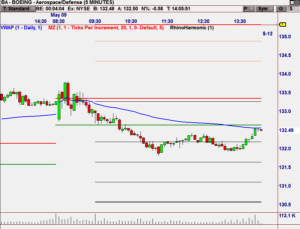
All three working together.
I have now laid the framework on how I trade. Come back to see me next week when I dig into market profiling and the MoneyZone module.


